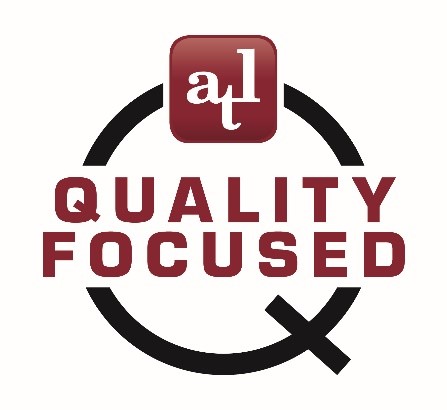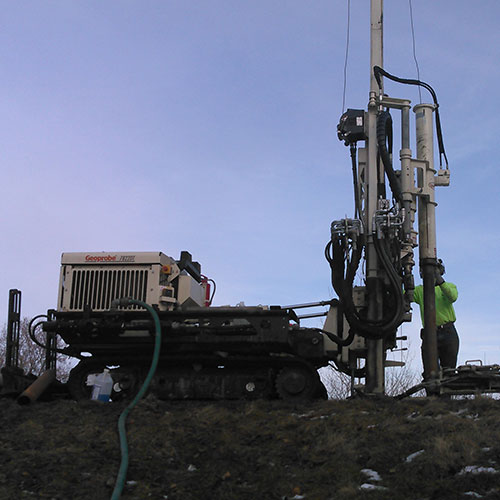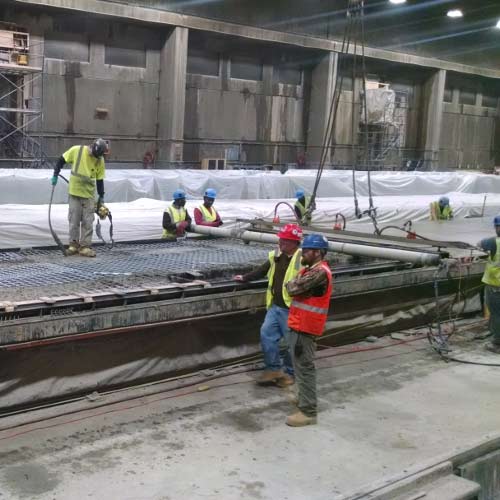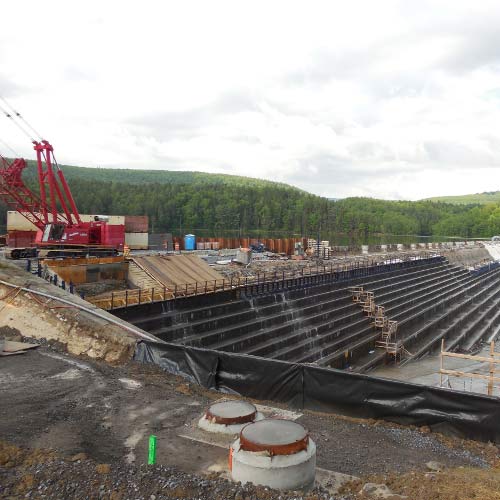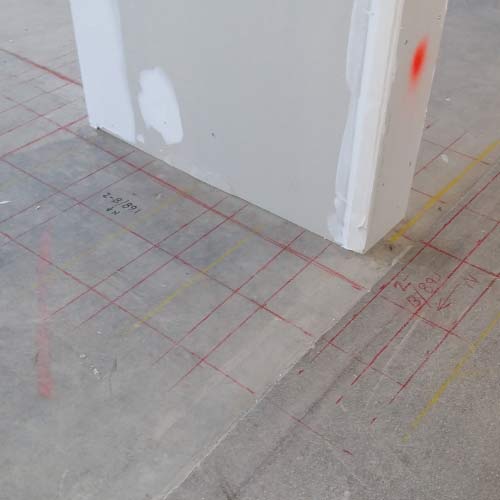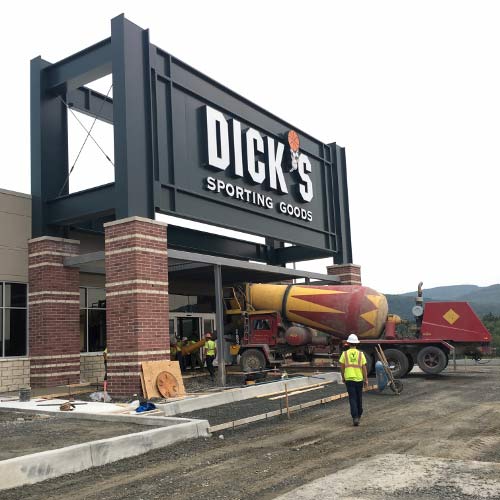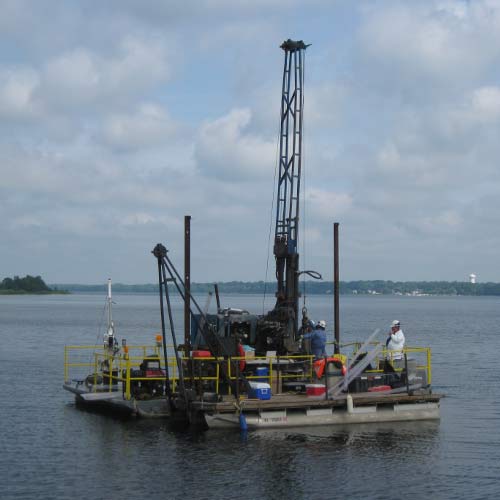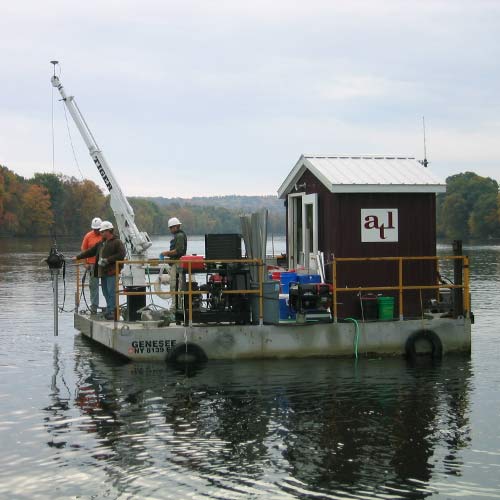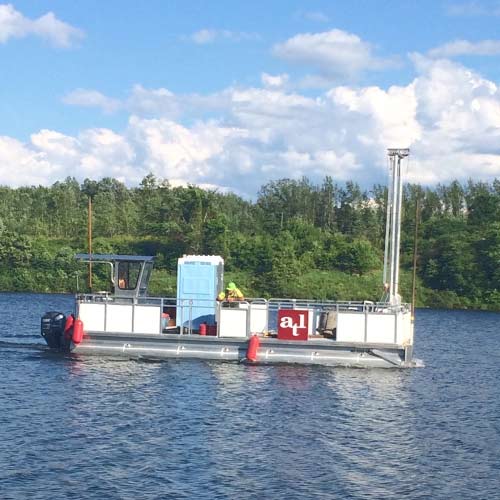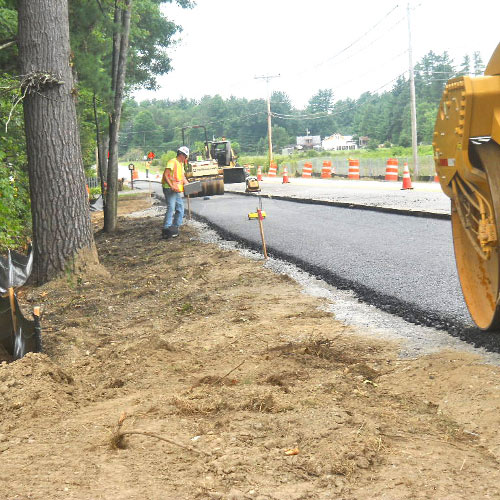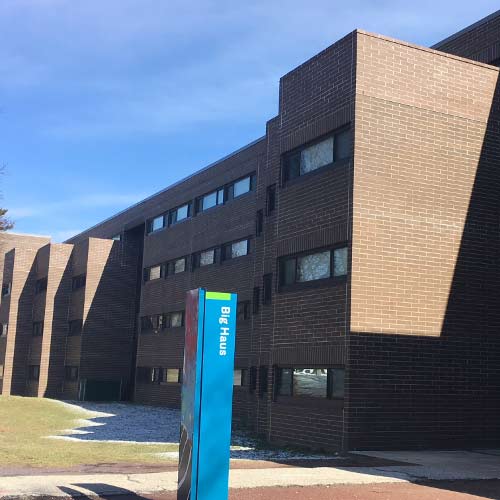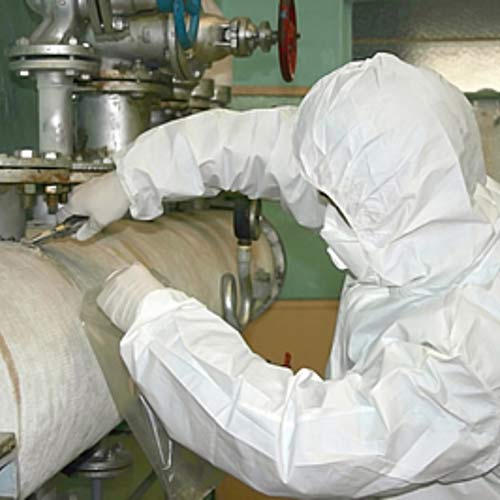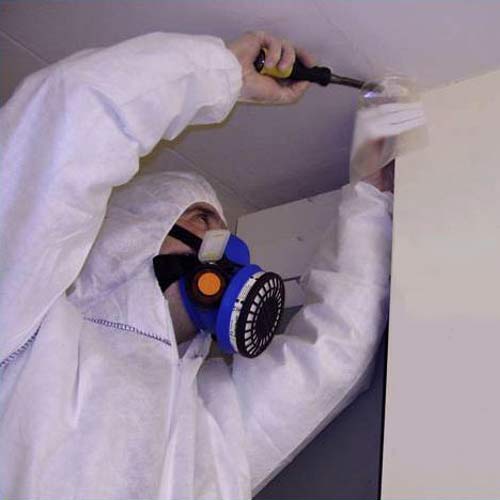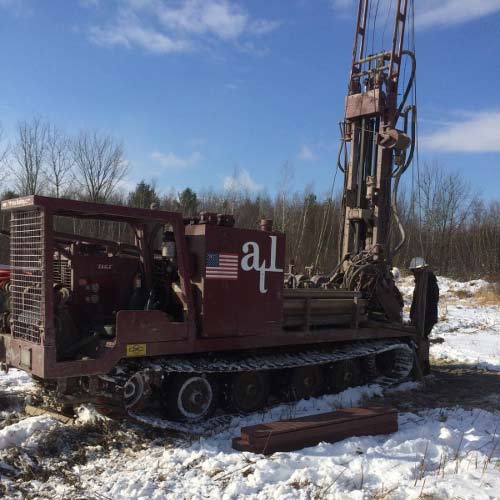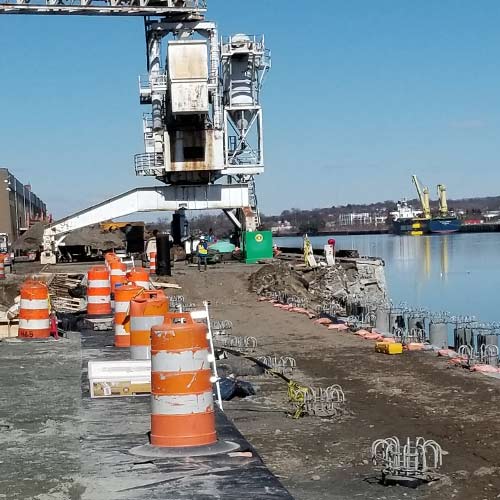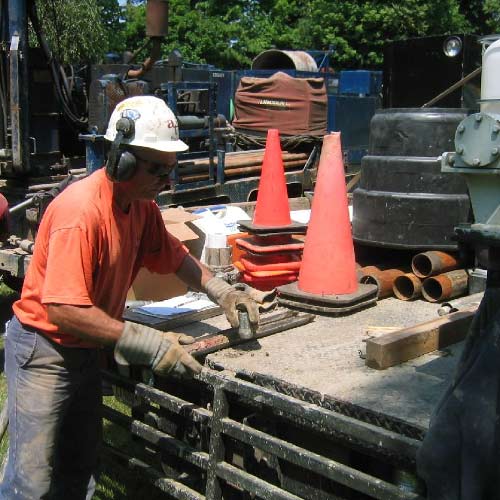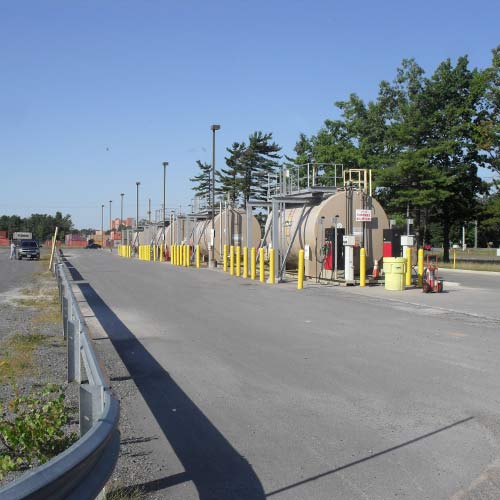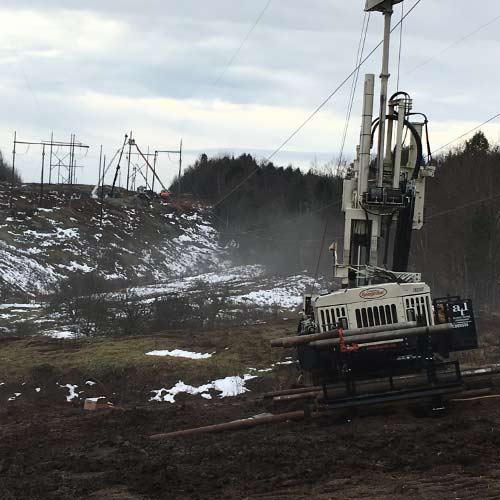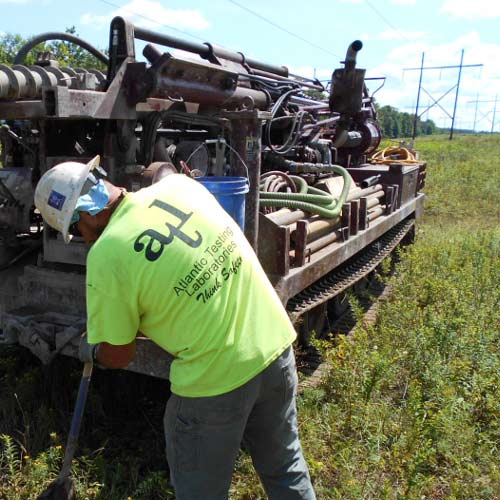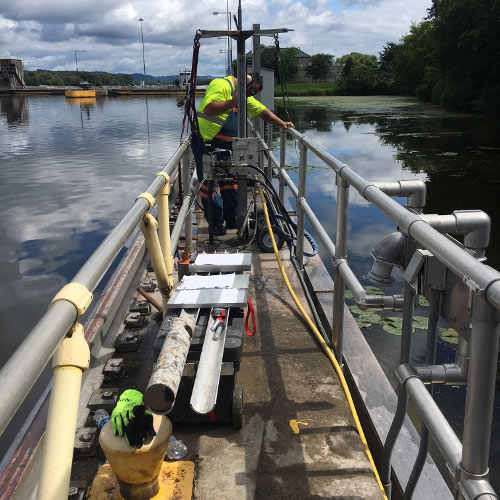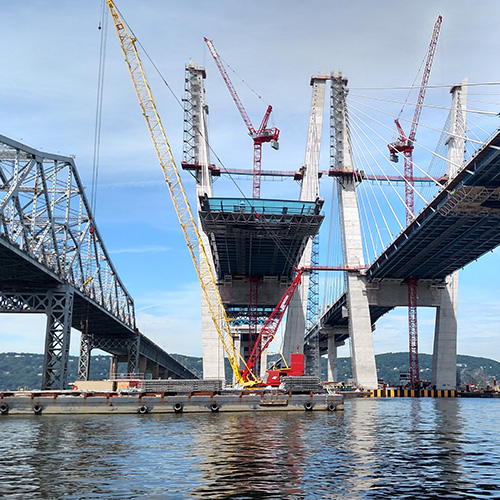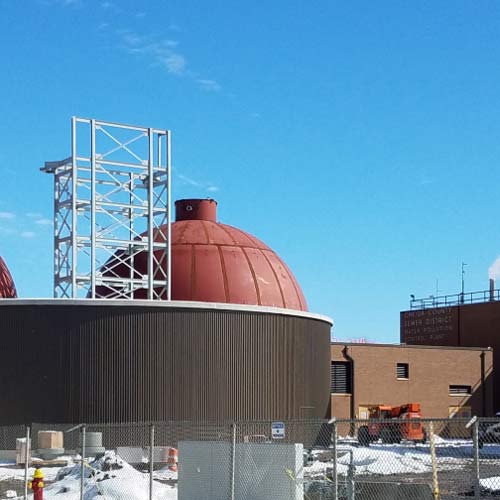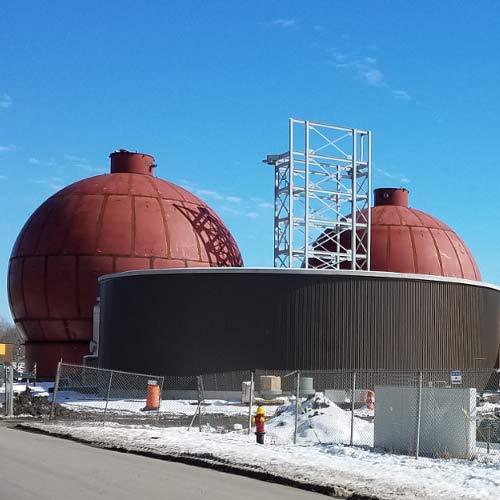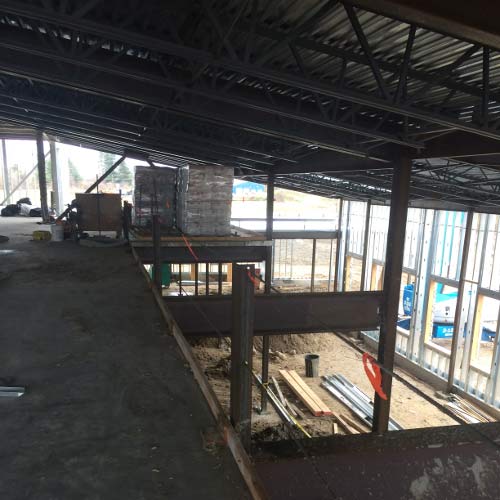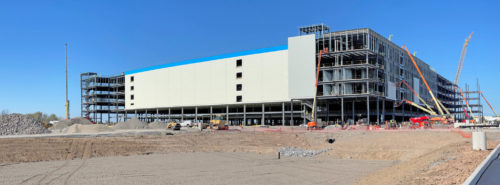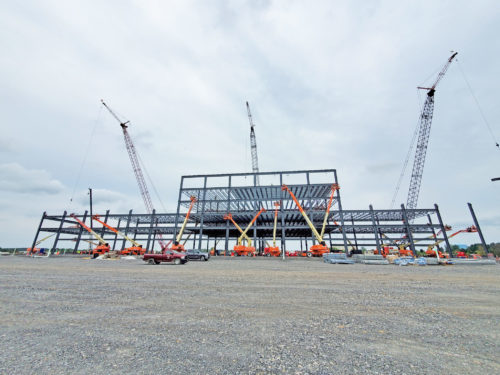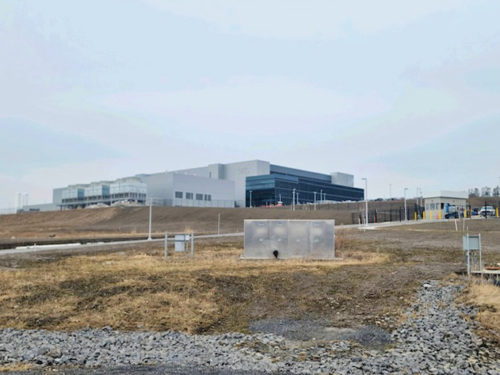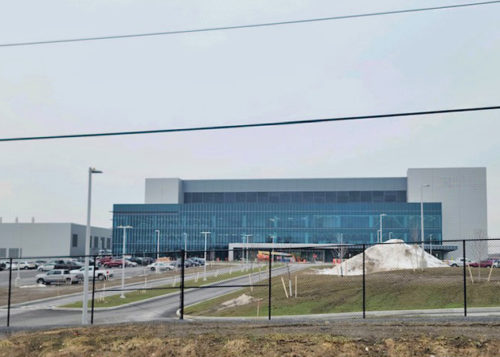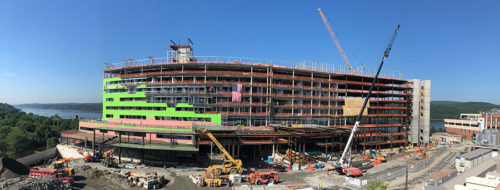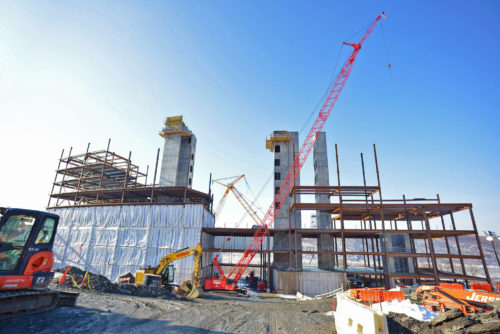As the cement supplies worldwide diminish (not just recently) and the need to reduce greenhouse gasses increases, the cement industry has been evolving and changing to meet these needs. One of these changes, is the use of blended cements like Portland Limestone Cement (PLC).
PLC is not new to the industry. It has been used internationally for decades, but it is relatively new to North America, and is just now starting to become readily available in NYS. It can be a replacement to the standard types of cements that have been used for generations. PLC’s are types of blended cements specified under ASTM C595 that are comparable to the ASTM C150 cements that are currently in use. The C595 Standard has been around since 1979 and has seen some significant changes over the last 20 years, to address the increase in the number of blended cements available. Since material shortages of all types has increased over the last two years, we can expect to see PLC used more in 2022 and beyond.
ACI 301 and 318 specifications allow the use of these blended cements and the NYSDOT adopted provisions to use PLC in 2013. The most common PLC is Type IL, which replaces Type I or Type I/II cements that are currently being used. It is noted that some blended cements, under C595, may require a designation after the types (i.e. MS or HS for sulfate resistance) to meet the requirements for some exposure classes in the ACI 318 and 301, that may not have been required for non-blended cements.
It is the Registered Design Professional’s (RDP) responsibility to approve the mix design/submittal data and any changes that are made to the design, even if it is just changing from a non-blended to blended cementitious material. This is something to be aware of during the submittal phase and during the course of a project.
To discuss the use of PLC’s or for more information on mix verification services contact Steve Moore at 518-383-9144 or smoore@atlantictesting.com.
